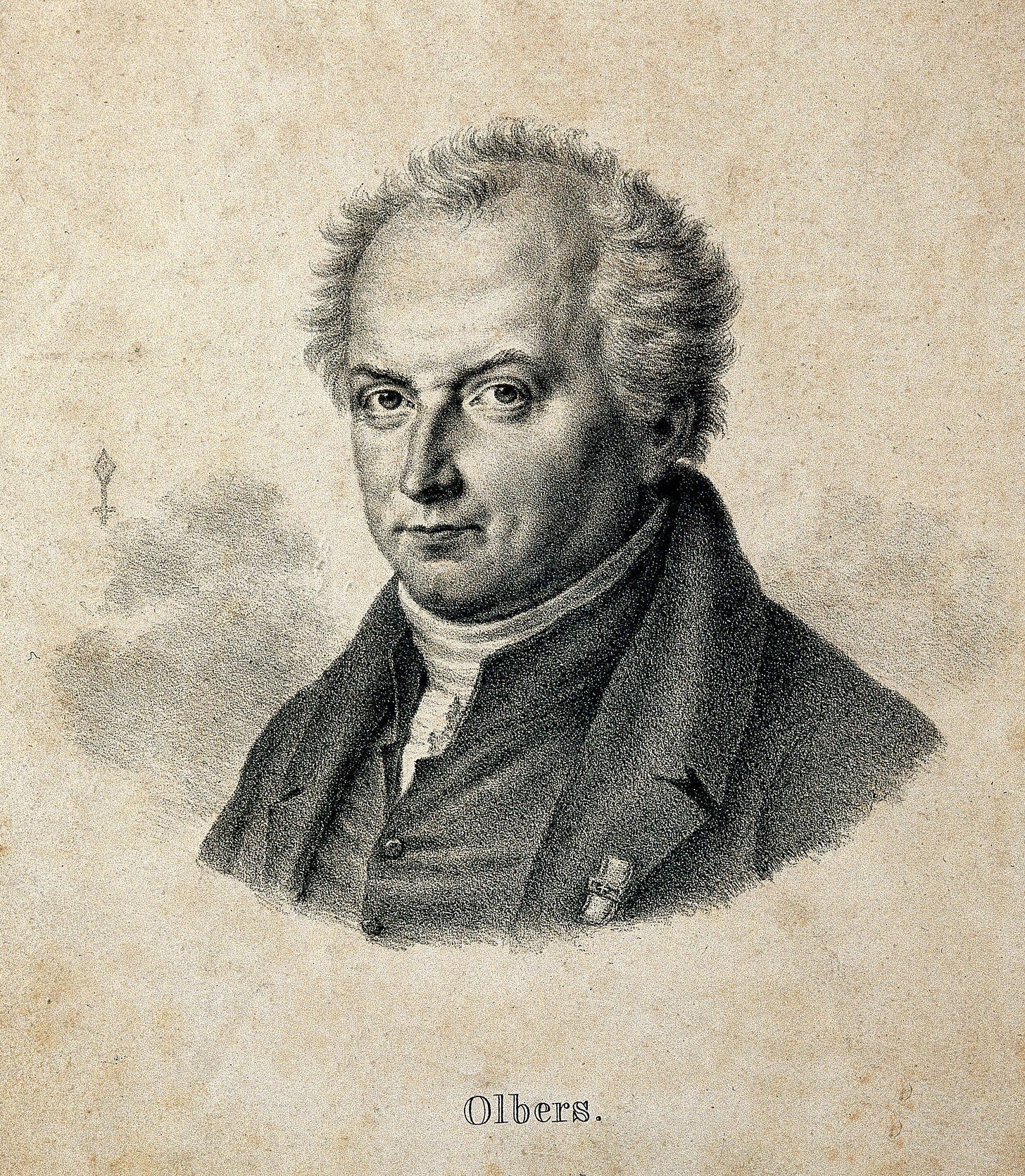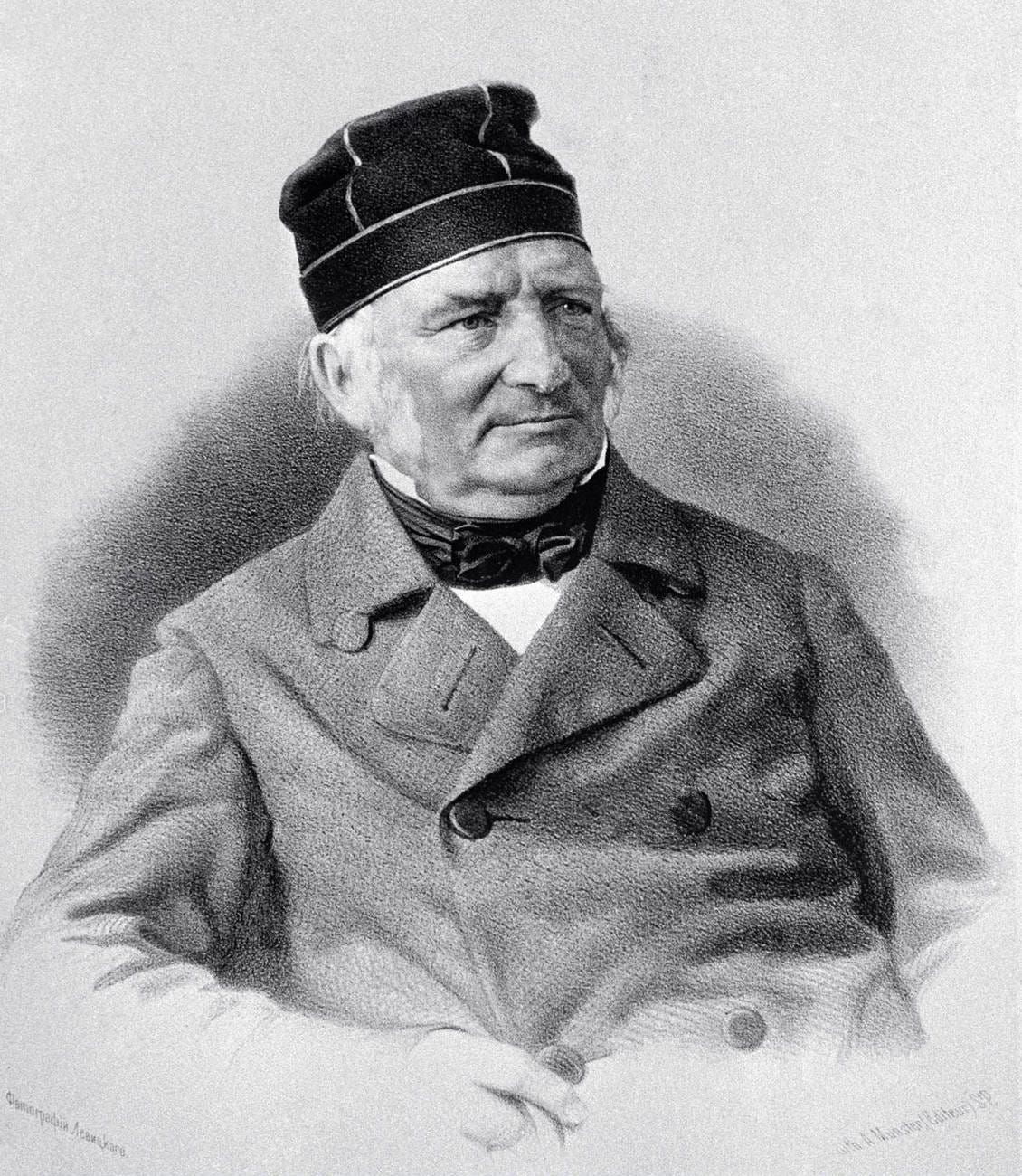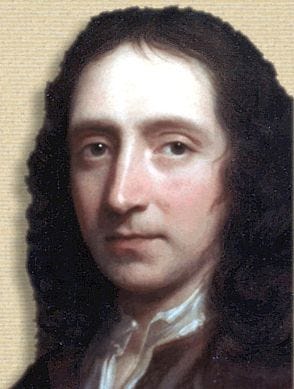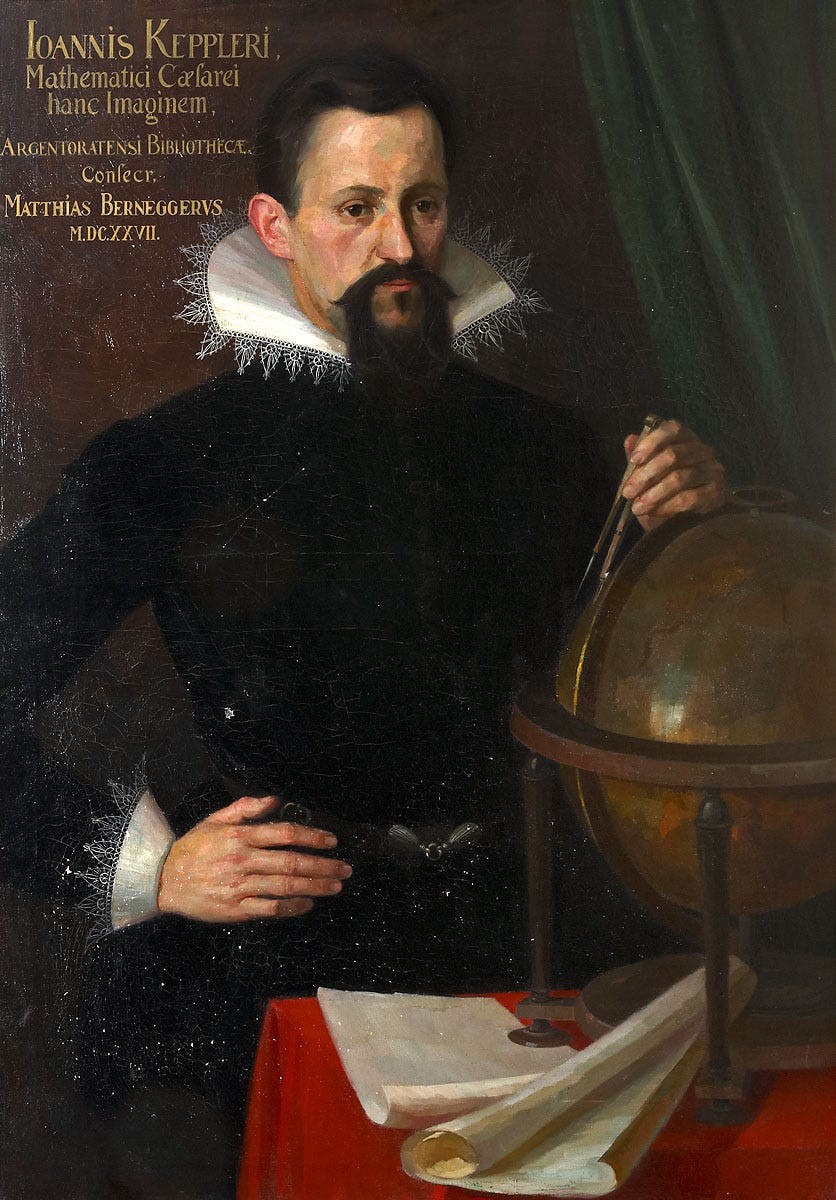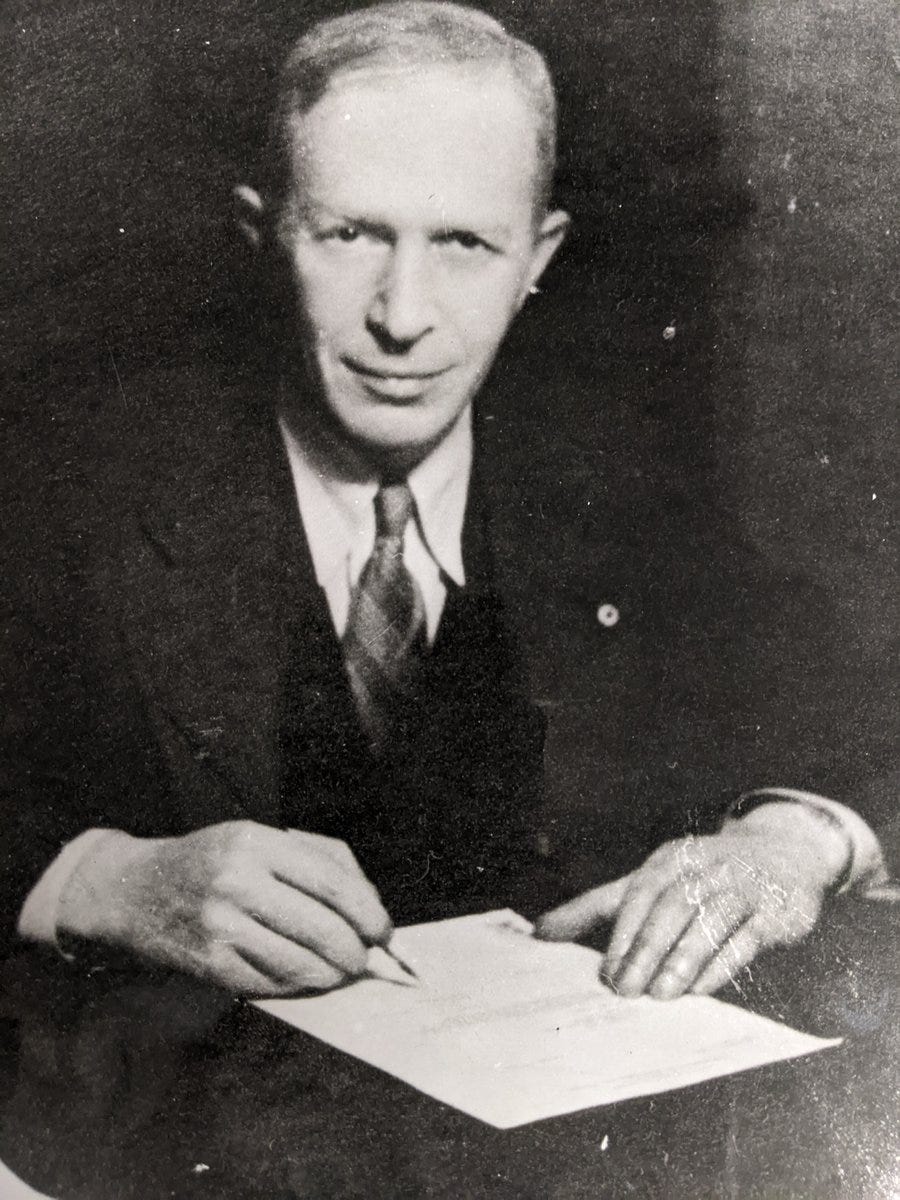Annals of LSS: why is dark at night? E.A.Poe and Olbers's Paradox
If you look up at night, you'd be struck with surprise if the sky was bright as day? And if not, where do you live? Either way, we will delve into details to understand why the sky is dark.
The darkness of the sky looks natural. The Sunsets is at the horizon, maybe there is a new moon and you are left with the light of stars (and light pollution, unfortunately).
But why is that so?
From a paper left in the drawer to the Steady-State Universe: 125 years of ignoring citations - and footnotes.
Olbers’s paradox can be stated as follows:
[…] that extreme clarity of ideas and expressions accompanied by a most simple yet exact analysis that distinguish all the works of that great astronomer.
One of the scientists that posed enough attention to this problem to write a paper1 about it was Heinrich W.M. Olbers (1758-1840), a German physician-then-astronomer, who in 1823 submitted an article to the Astronomisches Jahrbuch of Berlin (that didn’t take him seriously, at least at first glance, because the article was published only three years later).
This article was not considered in Germany, where Rudolf Wolf made no mention of it in his “Geschichte der Astronomie”2, nor the British George B. Airy in his “Six Lectures on Astronomy”; not even in France, with the sole expectation of Gustave-Adolphe Hirn, that in his “Constitution de l’espace celeste”3 argued that space was empty, not filled with any medium of interaction between celestial bodies. He nonetheless tried to solve the problem of the darkness of the night sky in an infinite Universe using the same concept, stating that the infinite extent of the Universe itself rendered the question of the dark sky irrelevant because celestial bodies like the Earth would not intercept light in enough quantity to make the sky bright as the Sun.
The greatest reaction to Olbers’s work of 1826 came from Friedrich G. W. von Struve, who stated4 that Olbers’s article was
[…] that extreme clarity of ideas and expressions accompanied by a most simple yet exact analysis that distinguish all the works of that great astronomer.
According to Struve the only “problem” in Olbers’s paper was the assumption and the subsequent absence of a demonstration of the absorption of light from interstellar matter.
On the other side of the Atlantic Ocean, American astronomer Simon Newcomb discussed the same paradox (without directly citing Olbers). He stated that most of the light disappeared in the infinite Universe (even though an infinite number of stars in the Universe might be a problem with this reasoning).
This way of resolving a “problem-with-the-infinite” with another infinite was something close to the "Zeitgeist” of the century: Lord Kelvin himself was the spokesperson of this “infinity/intelligibility” duality5.
„
The Swedish scientist made the mistake of not to read thoroughly Olbers’s paper: he says that Olbers what himself the first to have pointed out this paradox, not realizing that in the very same paper, Olbers states that the problem was discussed beforehand by Edmund Halley.
Anyway, Charlier’s solution (in 1922) to the problem of the infinite Universe was that “the total luminosity of the universe and the total attraction of the universe both are finite, if the radii R(i) of different galaxies are so chosen that the inequality
is satisfied”6. This was essentially the same result found by the Soviet astronomer B. Fessenkov 15 years later.
This solution provided the Universe with spiral galaxies residing outside the Milky Way, building the world in a “spherically ordered group of Galaxies […]”.
This conclusion did not attract great attention in England, alongside Olbers’s paradox. The same didn’t happen in Germany, where independently from Charlier a German cosmologist, Selety, argued that the distribution of matter implied in the inequality could harmonize an infinite world with general relativity.
Wrapping up, we can say that Olbers’s paradox was not very known or cited in scientific literature until half of the 20th century, and when this was the case was discussed filtered by the following works of different scientists, like Struve, Charlier, and others.
In a paper7 of 1948 named “The Steady-State Theory of the Expanding Universe” by H. Bondi and T. Gold, this more-than-a-century-old paradox was brushed up. But this version of the paradox was somewhat reimagined.
F. Hoyle (another advocate of the steady-state theory) claimed that was due to Bondi that the interest in Olbers’s paradox was revived. But at what cost? With how many alterations and changes, and to what extent?
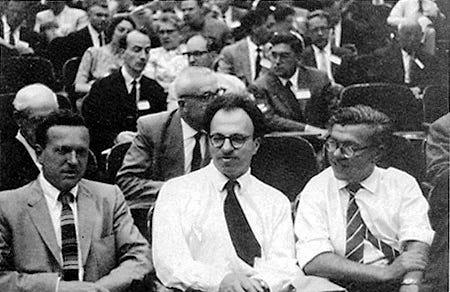
For example, Hoyle stated8 that the problem of the darkness of the sky was “first asked by Olbers in 1826”. Is this true?
Was Olbers the first?
According to Olbers himself, no.
He explicitly states in his paper of 1826 that Edmund Halley has discussed the paradox and its cosmological implications.
Not that Olbers’s angle on this situation is strikingly transparent, to be honest. He failed to mention the work of Loys de Cheseaux, author of “Sur la force de la lumiere et sa propagation dans l’ether”9, where the French scientist arrives at a similar result that Olbers’s. It’s really difficult to understand why, especially when one realizes that the very same work of Cheseaux was in Olbers’s private library10 and that Olbers is quite clear had to read at some point, based (Cheseaux’s work) on the same topic Olbers’s astronomical research, i.e. the orbits of comets.
Anyway, Halley stated, in his papers “Of the Infinitt of the Sphere of Fix’d Stars” and in “of the Number, Order, and Light of Fix’d Stars”11, that:
I have heard urged that if the number of Fixt Stars were more than finite, the whole superficies of their apparent Sphere would be luminous
It’s technically the same paradox described by Olbers.
At this point, one should not be surprised that the story doesn’t end with Halley.
When Halley proposed his paradox, the same question was over a century years old. In 1610 Johannes Kepler (1571-1630) replied to Galileo’s “Sidereus Nuncius”12 with a letter that soon became a little book entitled “Conversations with the Sidereal Messenger”13, where he was more interested in rejecting the concept of an infinite Universe (proposed by Thomas Digges in 1576 and soon admired by Giordano Bruno) than in creating a 400 years old set of paradoxes-and-(soon-to-be-forgotten)-solutions.
In his book14 the French philosopher Alexandre Koyré sums up Kepler’s view:
Indeed, if our sun were not incommensurably brighter than the fixed stars, or these so much less bright than it, the celestial vault would be as luminous as the sun.
This is the short version of Kepler’s motivation to reject the idea of an infinite Universe; to put this using Harrison’s words15, “the choice was clear: either a cosmic edge and a dark night sky, or no cosmic edge and a blazing sky.”
One could say that Olbers’s Paradox is no less Kepler’s paradox than Olbers himself.
And what about E. A. Poe?
It’s quite striking noticing that Olbers’s Paradox was solved by the American author E.A.Poe, who in his “Eureka - A Prose Poem” described the possibility that the world was finite and not infinite. He states16:
No astronomical fallacy is more untenable, and none has been more pertinaciously adhered to, than that of the absolute illimitation of the Universe of Stars. The reasons for limitation, as I have already assigned them, a priori, seem to me unanswerable; but, not to speak of these, observation assures us that there is, in numerous directions around us, certainly, if not in all, a positive limit -- or, at the very least, affords us no basis whatever for thinking otherwise. Were the succession of stars endless, then the background of the sky would present us an uniform luminosity, like that displayed by the Galaxy -- since there could be absolutely no point, in all that background, at which would not exist a star. The only mode, therefore, in which, under such a state of affairs, we could comprehend the voids which our telescopes find in innumerable directions, would be by supposing the distance of the invisible background so immense that no ray from it has yet been able to reach us at all. That this may be so, who shall venture to deny? I maintain, simply, that we have not even the shadow of a reason for believing that it is so.
To Poe, the solution is that the Universe is indeed limited, so that exists a distance whence light is unable to reach us.
What cosmologists did in the second half of the 1900s, Poe had accomplished over a century years before in the literary form.
The solution (?)
Now we use some mathematical tools in order to resolve this paradox (if it is possible).
One way to solve this is to make the hypotheses that the Universe is infinite, that every star is similar to the Sun, and that the distribution of stars is uniform. In this context, we neglect the expansion of the Universe and the fact that stars are in reality distributed primarily in galaxies.
If we occupy a position in space, we can calculate the contributions of the stars around us dividing the Universe into shells of equal thickness: the inner shells will be less populated but every star will be more luminous, while less luminous stars will more and more populate the outer shells.
The result combines the fact that the volume of each shell increases with the square distance - hence the number of stars increases with the square of the distance - with the luminosity of a star that conversely diminishes with the same trend; resulting in having each shell that contributes equally to the total luminosity.
It’s easy to notice now that the total luminosity is the luminosity of a shell multiplied by the number of shells. In an infinite Universe, this number is infinite, hence the luminosity is infinite. This is obviously not the case, hence the paradox.
Another way, maybe more sophisticated, is to consider the size of the stars. This means that there is a limited number of stars that one can observe from a given point in space. With this argument, the line of sight of any given space ends up on a star’s surface with the same temperature as the Sun’s. This means that the entire sky should appear as a surface at 5000 K. This is still not the case.
One way to solve this paradox is to consider the density required to produce a night sky. It’s known (or maybe not) that the universe has a mean density of one hydrogen atom per cubic meter. The density required to have a bright sky even at dark is 10^13 (ten thousand of billions) hydrogen atoms per cubic meter. Clearly, that’s a bit too much.
But the best solution depends on the lifetime of the stars. Even in a Universe where the look-back time is of orders of billions of billions of years (and is not the case in our Universe, which is less than 15 billion years old) one eventually arrives at a “surface” where there is no star.
But overall, another answer is that the luminosity of stars is not enough to render the sky bright.
To sum up every aspect of this paradox, one could say that the reason why the sky is not bright at night is indeed different reasons.
But that is not the case (as I hope was rendered clear): it is not due to absorption effects, nor to the clustering of stars into galaxies that leaves voids, nor to the fact that the Universe is finite or expanding.
It’s simply because starlight is too weak to compete with the darkness of the sky.
That’s it. Here comes the end. Below there is some music to help you gaze in the night sky, and the bibliography (here more than ever useful to really grasp the stories behind every idea of these last four centuries). Hope to hear from you soon!
https://adsabs.harvard.edu/full/1990IAUS..139....3H
https://xroads.virginia.edu/~Hyper/POE/eureka.html
See you soon! (and if you liked subscribe!)
"Uber die Durchsichtigkeit des Weltraumes” (“On the Transparency of Space”), Astronomisches Jahrb. 1826, 110-121 (1825).
History of Astronomy.
Constitution of the Celestial Space.
in “Sur l’extinction de la lumiere des etoiles fixes dans son passage par l’espace celeste” (On the extinction of the light of fixed stars in its passage through celestial space), 1847, St. Peterbourg.
Lord Kelvin was quite famous for his quotes. Like this one, in “Baltimore Lectures”:
I do not like the words “paradoxical phenomenom. […] There are no paradoxes in science.
Charlier, “How an Infinite World May Be Built Up”, Arkiv Mat. Astronomi Fysik. 16, No. 22, 1.44 (1922).
H. Bondi and T. Gold, “The Steady-State Theory of the Expanding Universe”, Monthly Notices Roy. Astron. Soc. 108, 252-270 (1948).
F. Hoyle, “Frontiers of Astronomy” (Harper and Brothers, New York, 1955).
Part of the “Traité de la comète qui a paru en décembre 1743, of the same author.
this information comes from Struve, who acquired the library as part of the collection of the Pulkovo Observatory, near St. Petersburg.
Phil. Trns. Roy. Soc.. (London), 31, 22-24 (1720) and 24-26. (1721).
“Sidereal Message” (not to be confounded, as Kepler did, with sidereal messenger).
see? What did I tell you?
A. Koyré, From the Closed World to the Infinite Universe (Harper, New York, 1958), p.75.
E.R. Harrison, The Dark Night Sky Paradox, American Journal of Physics 45, 119–124 (1977).
https://xroads.virginia.edu/~Hyper/POE/eureka.html





